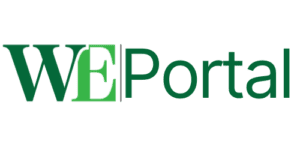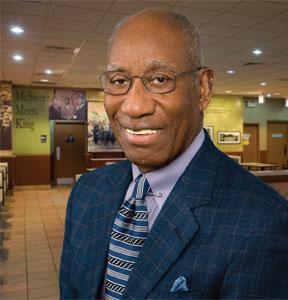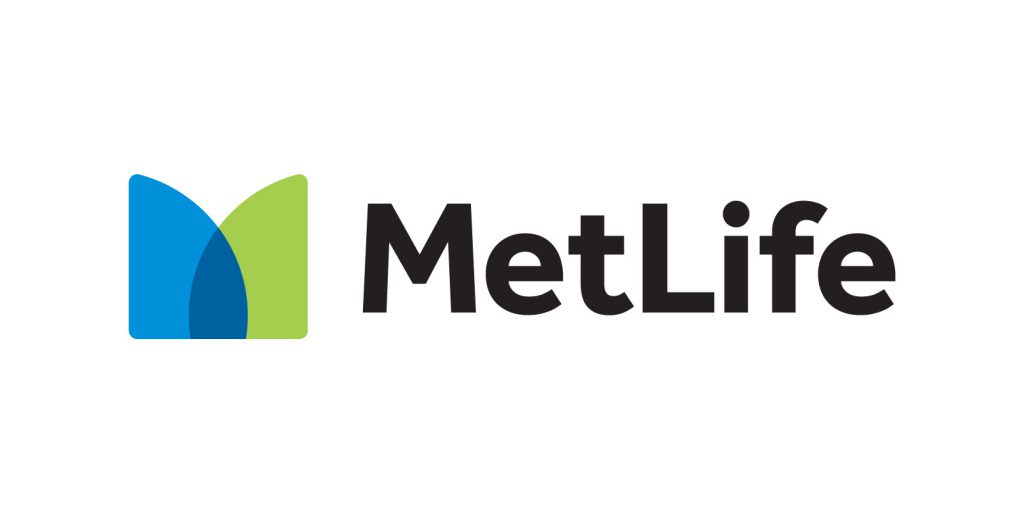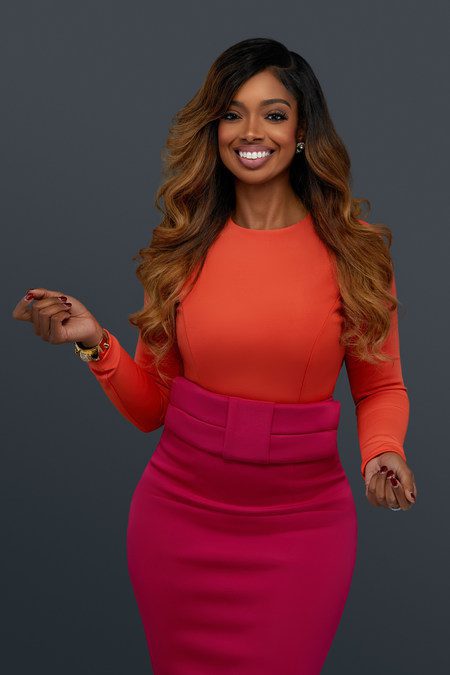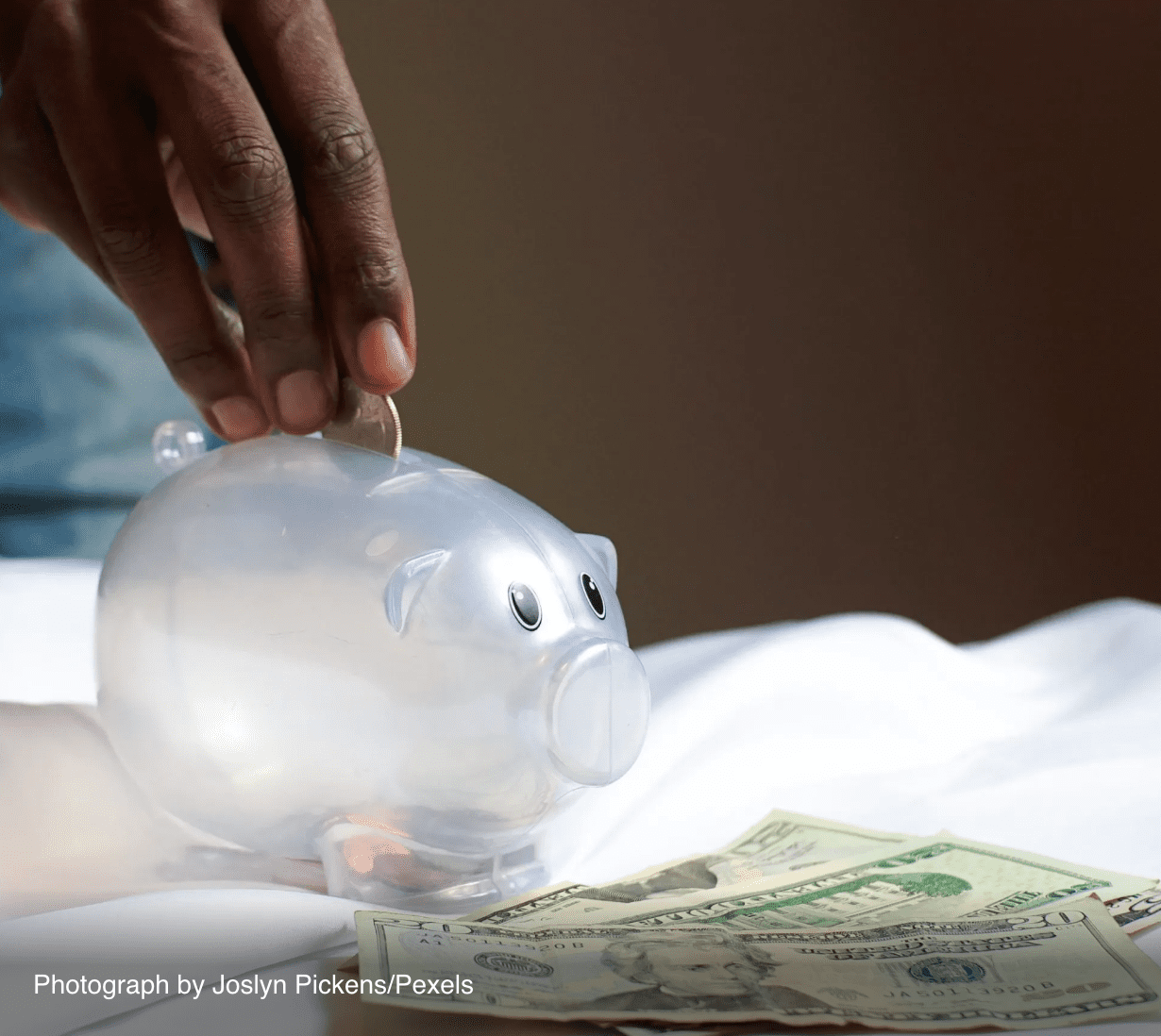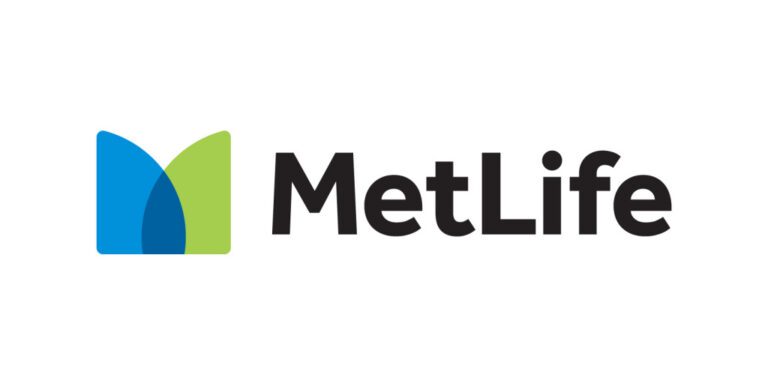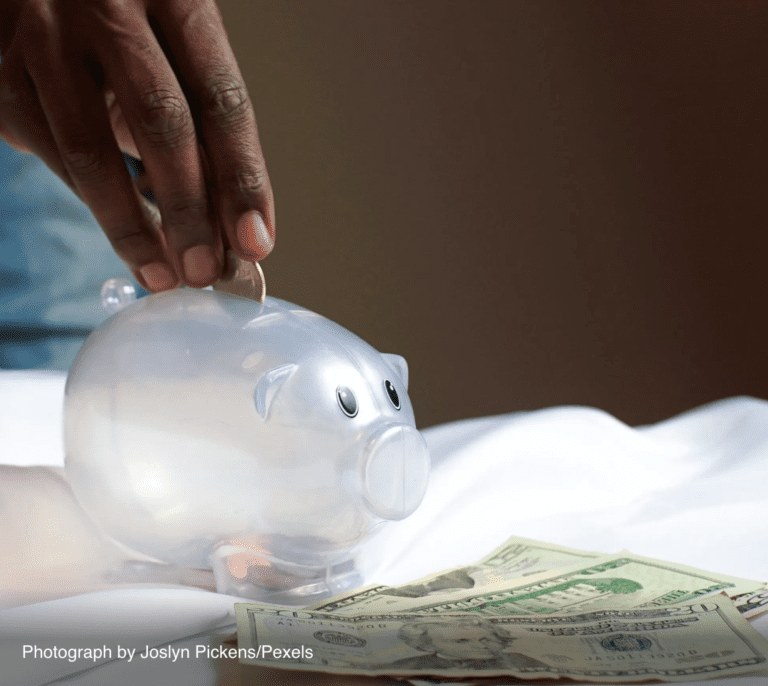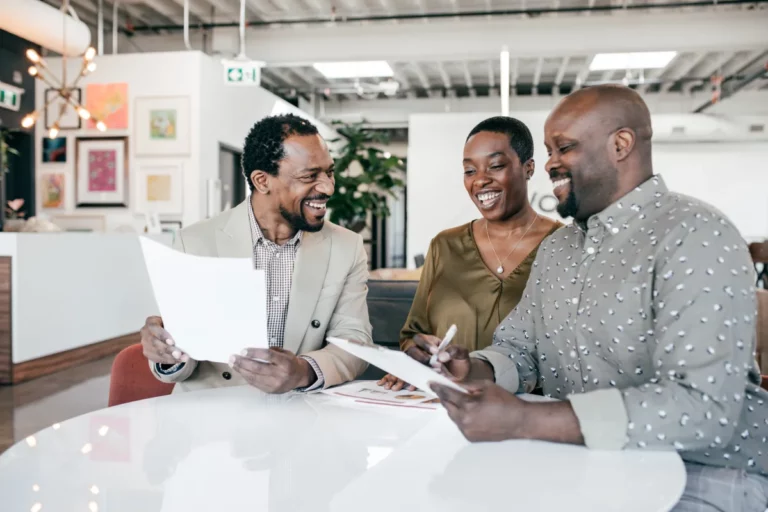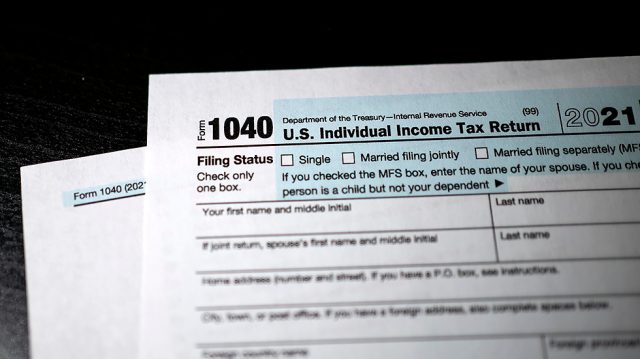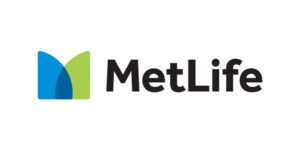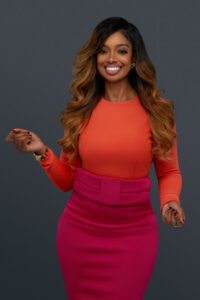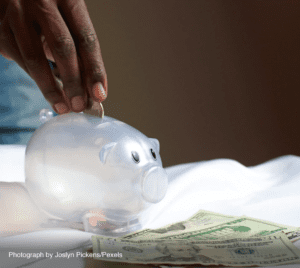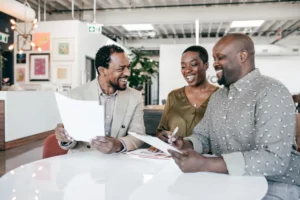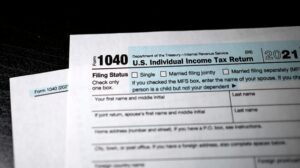This is the second in a two-part series on the state of healthcare for Black Americans. Check out the first: “Black & Brown Communities Experienced ‘Pandemic Levels of Death’ Long Before COVID.”
Related story
Black & Brown Communities Experienced ‘Pandemic Levels of Death’ Long Before COVID
In the United States, there have been 78.6 million cases of COVID-19 and 940-thousand deaths from the virus. Black and brown communities have suffered the worst — being two or three times more likely to die from COVID than white people. To really examine the breakdown of our health care system during the pandemic we must begin with the breakdown of the American way of life as we know it.
COVID-19 forced schools and businesses to close, public transportation to be limited, and a total lockdown of systems and structures we use on a daily basis. For a time, much of our lives left the real world and went entirely online — including the system and business of healthcare. But there were some who were still out and about. Essential workers. Doctors and nurses, yes, but also grocery store workers, public transit workers, warehouse workers for companies like Amazon, sanitation workers, and more. These so-called lower income and blue collar workers were more likely to be Black and brown people. People whose health may have already been compromised due to comorbidities caused by other diseases.
Howard University hospital clinical nurse manager, Patricia Cummings said, “We know that African Americans are the highest group of individuals that suffer from one of the highest hitting diseases, diabetes, and then there’s hypertension and then there’s cardiac diseases. You know, those are the three high hitters kidney diseases also.”
“The pandemic . . . took these already incredibly stark inequalities, where Black people were already experiencing pandemic scale mortality relative to white people every single year . . .and it made it much worse,” as University of Minnesota Sociology Professor, Elizabeth Wrigley-Field told SheKnows.
She attributes this to two factors; exposure and resistance.
Exposure refers to who was able to work from home lessening their exposure to the virus. But for those who had to go to work and risked exposure, Wrigley-Field said, there were not a lot of protections in place to keep workers safe.
“If you look at occupational tasks, and which ones should make you at risk for COVID, like, do you have to work face to face with people? Do you have to share air with people? Those are things that would obviously put you at risk of COVID. Black and Latino workers are not more likely to be on those occupations.”
Yet these Black and Latino workers were still getting sick and dying at higher rates. Wrigley-Field said it’s because employers and businesses were less willing to reorganize the way the workplace operated to keep those workers safe. They were publicly deemed essential but quietly dismissed as expendable.
“They were publicly deemed essential but quietly dismissed as expendable.”
But no one dies without first fighting to live. An issue that forces people in need of care to directly confront the intrinsic racist and discriminatory practices of providers, nurses and the healthcare system at large.
Dr. Bayo Curry-Winchell, is a practicing physician and serves on the governor’s medical advisory team for COVID-19 in Nevada. She gave the example of examining people with kidney disease. The metrics doctors use makes Black people’s kidney’s look healthier than they really are.
She said, “If your kidneys are perceived as healthier by the time you happen to progress to full blown kidney disease. You are already far off the curve than someone who is Caucasian or of a different race.”
In COVID such a disparity in diagnosis can mean a death sentence because of how the virus attacks and shuts down so many of the body’s systems and functions. But not only were there disparities in diagnosis, there were also disparities in how symptoms were assessed.
“I like to talk about COVID toes,” Dr. Curry-Winchell said.
COVID toes was considered a mis-hyperpigmentation that was a symptom of COVID. When Dr. Curry Winchell first learned of the symptom it was through imagery that only showed examples with white patients.
She said, “I look for different things to help me identify my patients. So when you have a picture or imagery of something that is not really encompassing for all, that again affects the timeliness that you can diagnose, the access, and other factors.”
But these are only scenarios for if you made it to the hospital and were actually examined. Many Black and brown people didn’t even get that far.
In Los Angeles Dr. Afoh-Manin was a witness to the racism present in the distribution of care. She said, “When the pandemic hit . . . we saw black people being turned away from emergency departments in droves and ended up coming back coding! We saw people who were asthmatic who had no business being discharged, being discharged.”
Wrigley-Field saw the same in New York where she spent the early part of the pandemic: “We just saw a lot of news reports about like Black women who had COVID calling 911. Paramedics coming, refusing to believe it was COVID saying you’re having an asthma attack. You know, just stay in bed. And then people would die.”
Death was rampant. Emergency room’s were full. And the number of people in need kept growing. A perfect storm of sick patients were left at the mercy of an imperfect system.
Williams said, “People were coming to a place that was already full. That was already overwhelmed. . .There was no way to push them out . . .there was nowhere for them to go…They were in the ED (emergency department) and there were no beds available either because they were all full or they didn’t have enough staffing.”
The fullness of emergency rooms across the country overwhelmed by the surge of patients forced doctors, nurses, and medical providers to begin to triage patients based on who would be likely to survive and who would not. Williams said the practice should not have been sustainable.
” A perfect storm of sick patients were left at the mercy of an imperfect system.”
“That’s what you do in war. That’s what you do in a disaster. That’s what you do once in a lifetime. That’s not something you do every single day for months and months and months.”
But that did occur every day for months and months. And now year after year with each successive wave of COVID that covers the country. Still, these inequities happening inside the hospital, with doctors, are champagne problems compared to what happened to people who couldn’t even access care.
Dr. Curry-Winchell posed these questions. “What happens if you don’t have transportation? How are you supposed to get tested or even get vaccinated? What about internet?”
If public transportation is your only transportation and public transportation is limited because of lockdown orders there is no way to get to doctor’s offices and hospitals. If you have to sign up on an app or website to reserve a spot for a COVID test because supplies are limited; guess what, so too is internet access.
“Just saying across the board, everyone’s gonna have to telehealth, well, you have to address for example, the fact that you don’t even have access to broadband,” Dr. Afoh-Manin said. “Forget bringing a computer to the house, the whole neighborhood doesn’t have good connectivity. [There’s a] $32 billion infrastructure bill that is working on broadband in rural areas in California, [when it] should be actually working on broadband right in the urban LA because there are communities and pockets that feel like they’re living in a third world country, right in the midst of Los Angeles.”
This is where the conversation of equity gets sticky. In the United State healthcare is not considered a human right. Therefore equitable access to healthcare — even if it’s telehealth — is not a priority.
Dr. Curry-Winchell said, “When you look at the map the amount of hospital systems that are in certain communities versus BIPOC communities and how they really speak to access and other factors, we were already at a disadvantage.”
The toll of COVID has not only been hard on patients trying to access care. It’s also been difficult on doctors.
“I can tell you in this COVID I have known two physicians who committed suicide and people don’t care about those stories,” Dr. Afoh-Manin said.
This is where the mental health of the healthcare workforce is a concern. If the burden of student loan debt and work burnout was a spark that encouraged some providers to leave the field of medicine, then COVID was water on a grease fire expediting the exodus.
“Understand what it feels like after you’ve had to tell four or five family members that their loved one is dead,” Dr. Afoh-Manin said. “How do you recover from that? You don’t just go to the next patient.”
With the worst of COVID presumably behind us and effective vaccines on the market. The healthcare system should return to a prior state of chaotic normalcy. But it hasn’t. Disparities and inequities persist even in policies created to be neutral.
Take the vaccine rollout. It was age based. But as Wrigley-Field found in her research, people of color were at higher risk of COVID at an age that was ten to fifteen years younger than that of the most at risk, elderly white people.
She said, “If you just do vaccination by age, you end up prioritizing lower risk white people above higher risk people of color.”
Transportation was also a barrier for people trying to access the vaccine. As a solution, Dr. Curry Winchell created outreach vaccine clinics in Nevada that people could walk to.
“We purposely created a line where you could just ask questions and come up, you could get vaccinated, you could get tested,” she said.
Dr. Afoh-Manin created an app, myCOVIDMD, a network of Black and brown physicians who volunteer their time to be accessible through telehealth and community clinics. Through the app and its services which are available nationwide, the myCOVIDMD network has administered over 13,000 COVID tests and vaccinated 7,000 people.
Telehealth, apps, walk-up clinics, these are some of the innovative solutions that have been deployed during the COVID-19 pandemic to make access to healthcare more equitable. But they are not the only solutions that are needed to create equity in a system that is wholly unequal.
What Are the Solutions?
The corrections that need to be made to make our healthcare system a more equitable one are not fixes you haven’t heard before. They are. But maybe that’s the point.
Let’s begin with universal healthcare. The Affordable Care Act attempted universal insurance through its now removed penalty of the individual mandate. That could have led to equitable access to care. Even though the ACAs insurance exchanges are still available, not all states have made it easy to access them — just like not all states have expanded Medicaid. These barriers have left many without insurance because they’ve been priced out of the market.
“The cost of insurance is rocket high,” Cummings said. “It’s exorbitant. That’s something that has to be fixed from a legislative level.”
Even for those in states where the ACA is readily available and accepted, equitable care looks like signing up for insurance on the government exchanges and then waiting six weeks to see a provider.
“Equitable healthcare is having access right now when we need it,” said Dr. Afoh-Manin.
Universal health insurance is not the goal, universal healthcare is. But understandably, in our uber partisan political climate, universal healthcare is a tall order. Williams, instead suggested basic healthcare.
“Universal health insurance is not the goal, universal healthcare is.”
“We can’t even just guarantee people one primary care visit. One set of labs, one dental care visit a year. We’re not even worth that?”
Instead of basic care, what Williams is seeing instead is value-based care and an explosion in telehealth services and other tech solutions to an industry whose foundation is person to person contact.
If you’re wondering what value-based care is, it works something like this. An insurer assigns a patient a value according to how much care they might need and then cuts the doctor a check for that full value. The doctor then tries to keep as much money from the assigned valued to make their living by keeping the patient healthy enough so that they don’t have to go to the hospital. The proposition is a setup that could end in both a moral and ethical dilemma.
“What’s gonna happen is people are just gonna get shorted,” Williams said. “A true good doctor is going to be like, “Yo, tell me everything. We’re gonna do this, we’re gonna create a whole plan of care for the rest of the year and if you have any issues call this number. Do this, do that.” But most people are not. They’re going to figure out how they can keep the money without seeing the patient, without making sure that the patient has everything that they need.”
In addition to the request for universal healthcare, other solutions include a universal documentation system. Dr. Afoh-Manin said when you show up in the emergency room it shouldn’t be like the first time you’ve ever shown up in the healthcare system.
Williams is for expanding the capabilities of registered nurses and nurse practitioners as well as for an investment in community healthcare. However, to shift back to a model of community health, family health, and predominant primary care, doctors and nurses would need their student loan debts canceled so that they could make a living without going into a medical specialty.
Dr. Afoh-Manin said, “People who have the solutions are pulled out of the game because of that burden.”
In addition to her app, myCOVIDMD, she is also the creator of Shared Harvest Fund. She says the program is like “Tinder meets the Peace Corps.” Providers on the app make a two-year commitment to a medical cause based on the United Nations Sustainable Development Goals. In making that commitment and working that cause the providers earn points that go directly toward paying down their loans.
“We’re increasing impact, elevating the culture, [and] volunteering while eliminating student loan debt,” Dr. Afoh-Manin said.
But there’s no point in having equitable access to healthcare if people who are likely to need it most don’t trust the system, or don’t understand how to navigate it. To this point there needs to be both an outreach and education component to the communities and groups of people who historically distrust the medical system because of past exploitation in the name of science.
“At a grassroots level, what I tried to do as a health care professional is to provide education to
Dr. Curry-Winchell does the same speaking to college students at universities in Nevada in addition to the walk up clinics she hosts. She said in meeting with students she’s armed with the misinformation spread on social media and answers back any questions they may have without pressuring them to do one thing or another.
“The ability to connect with people and speak to what they need to hear and make sure it’s credible and accurate, that’s a big piece of what needs to change,” she said.
She also advocated for deploying trusted people within the community such as priests and pastors and using them to speak to groups with grievances against the healthcare system. However, this method would not be absolutely necessary if there were more Black and brown providers to begin with.
Wrigley-Field said, “The Oakland Clinic study, tells us that one really essential thing is to have more doctors who are Black, to have more doctors who are immigrants, that this actually matters in a really profound way for the kinds of care that people can access.”
The solutions to making healthcare more equitable in the United States are manifold. Racism is not going to end overnight, nor is Congress keen to radically transform the current system with universal health care, basic healthcare, or the abolition of student loan debt for front line health workers. While tech solutions abound, the Biden administration’s recently passed infrastructure bill must first do the work of connecting the country so that everyone can access online resources.
Our fragmented system is fractured in many places from the primary care doctors to the pharmacy and everything in between. Shortages of doctors, nurses, mental health providers, and the infrastructure of health care altogether have left many American people deserted, alone to suffer in sickness without anyone to aid in alleviating their illness.
“Health care is the center of everything and if we don’t have quality care we don’t have quality living which then leads to poor outcomes for a lot of people,” Williams said.
But we don’t have to stick with those poor outcomes. Our country, our lawmakers, can choose differently by investing in people — both patients and providers.
And before you go, check out these essential books that center Black women’s mental and physical health:

